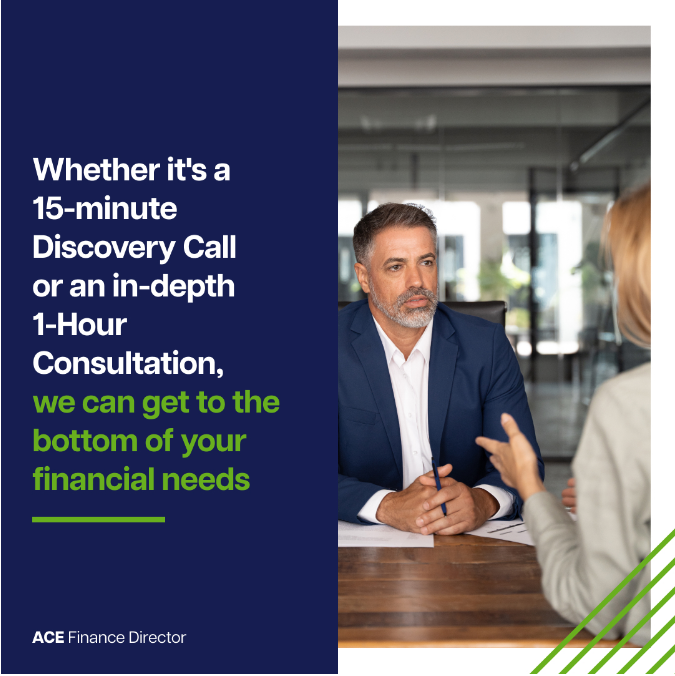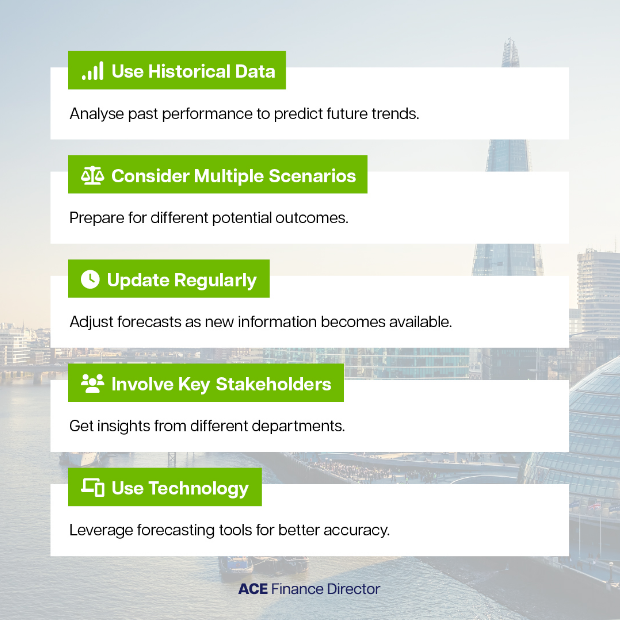Commercial Modelling
A business commercial modelling exercise provides a powerful tool for strategic planning, forecasting, and decision-making. It helps organisations to make more informed decisions and achieve business objectives.

What is the purpose of a business commercial modelling exercise
The purpose of a business commercial modelling exercise is to develop a quantitative representation of a business's operations and financial performance. The model takes into account various factors such as sales revenue, costs, capital expenditures, and cash flows.
The primary goal of a commercial modelling exercise is to provide decision-makers with insights into the financial implications of various strategic options, scenarios, or investments. This can help them make informed decisions about resource allocation, pricing, product development, capital investments, and more.
The commercial modelling exercise can also be used to assess the potential impact of changes in market conditions, customer behaviour, or regulatory environment on the business's financial performance. This helps organisations to better understand the risks and opportunities associated with different business strategies.
A business commercial modelling exercise provides a powerful tool for strategic planning, forecasting, and decision-making. It helps organisations to make more informed decisions and achieve business objectives.
What is process for commercial modelling
The process for commercial modelling typically involves the following steps:
1. Define the scope and objectives: The first step is to define the scope of the commercial model and the objectives that it aims to achieve. This involves identifying the key variables, inputs, and outputs that are relevant to the business and its financial performance.
2. Gather data: The next step is to gather the data that will be used to build the commercial model. This can involve collecting information on sales revenue, costs, capital expenditures, cash flows, and other relevant factors. It is important to ensure that the data is cleansed, accurate and up-to-date.
3. Develop the model: Once the data has been gathered, the commercial model can be developed. This involves selecting the appropriate modelling techniques and tools to represent the business's operations and financial performance. The model should be designed to provide insights into the financial implications of different scenarios, options, or investments.
4. Validate the model: After the model has been developed, it should be validated to ensure that it is accurate and reliable. This can involve comparing the model's outputs to historical data or actual financial results.
5. Use the model for decision-making: Once the model has been validated, it can be used to inform decision-making. This can involve assessing the financial implications of different strategic options or investments, or forecasting the business's financial performance under different scenarios.
6. Review and update the model: Finally, it is important to review and update the commercial model on a regular basis to ensure that it remains relevant and accurate. This can involve incorporating new data or adjusting the model to reflect changes in the business environment.
Overall, the process for commercial modelling involves a structured approach to gathering data, developing a model, validating it, and using it to inform decision-making. It is a powerful tool for strategic planning and forecasting, and can help businesses to make more informed decisions about resource allocation, pricing, product development, and more.
What issues does a commercial model fix
A commercial model can help address a range of business issues, including:
1. Resource allocation: A commercial model can help businesses to better allocate resources by providing insights into the financial implications of different investments or projects. This can help businesses to prioritise investments and optimise their use of resources.
2. Pricing: A commercial model can help businesses to determine the optimal price for their products or services by assessing the impact of different pricing strategies on revenue and profitability.
3. Product development: A commercial model can help businesses to assess the financial viability of different product development initiatives by providing insights into the costs and potential revenue of new products.
4. Forecasting: A commercial model can help businesses to forecast their financial performance under different scenarios, such as changes in market conditions or customer behaviour. This can help businesses to identify potential risks and opportunities and adjust their strategies accordingly.
5. Risk management: A commercial model can help businesses to manage financial risks by assessing the potential impact of different risks on their financial performance. This can help businesses to develop risk mitigation strategies and optimize their risk-reward trade-offs.
A commercial model can help businesses to address a range of financial and strategic issues by providing a quantitative representation of their operations and financial performance. It can help businesses to make more informed decisions, prioritize investments, and optimize their use of resources.
How often should a commercial model be reviewed
The frequency at which a commercial model should be reviewed depends on various factors, including the business's industry, the volatility of its operating environment, and the scope of the model. As a general rule of thumb, a commercial model should be reviewed on a regular basis to ensure that it remains relevant and accurate.
In addition to regular reviews, commercial models should be updated whenever there are significant changes to the business's operations, strategy, or financial performance. This can include changes in market conditions, customer behaviour, regulations, or other external factors.









